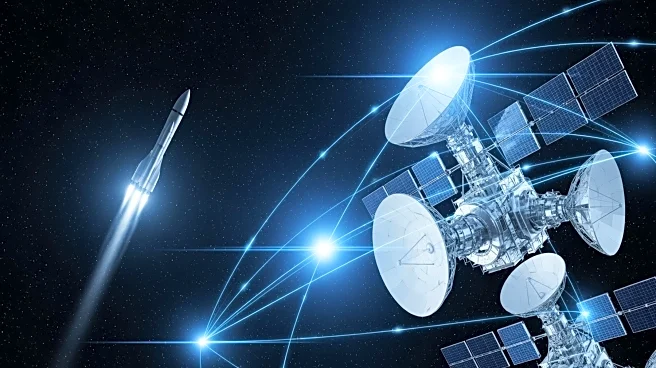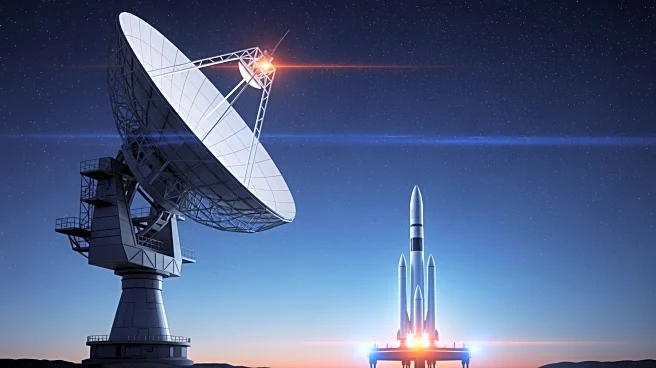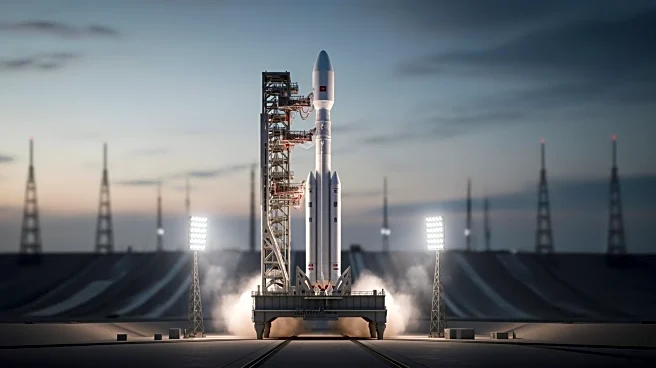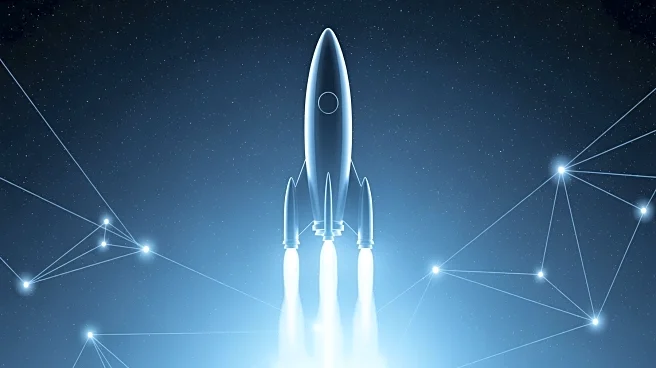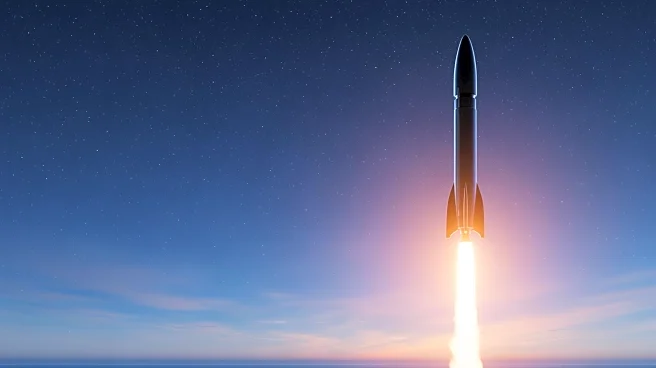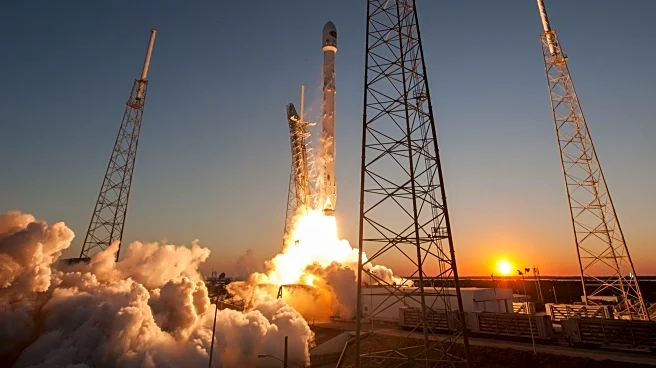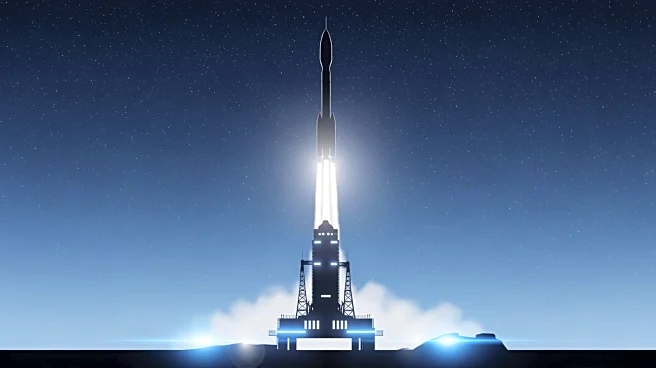What's Happening?
SpaceX successfully launched 28 Starlink satellites from California, continuing its efforts to expand global broadband coverage. The launch marked the debut of a new Falcon 9 booster, which successfully landed on a droneship. This mission is part of SpaceX's
strategy to densify satellite coverage and improve service quality. Concurrently, SpaceX faces challenges with its Starship V3 booster, which experienced a structural failure during testing in Texas. The setback raises concerns about the timeline for NASA's Artemis lunar missions, as the booster was intended to support these efforts.
Why It's Important?
The successful Starlink launch underscores SpaceX's role in revolutionizing global internet access, with the network now serving over 8 million customers. The expansion of Starlink enhances connectivity in underserved regions, positioning SpaceX as a major player in the broadband market. However, the Starship V3 booster failure highlights the challenges of developing next-generation space technology, potentially impacting NASA's lunar mission schedule. This dual narrative reflects SpaceX's ambitious goals and the inherent risks of pioneering space exploration, influencing industry dynamics and stakeholder strategies.
What's Next?
SpaceX will continue its aggressive launch schedule, with more Falcon 9 missions planned. The company will investigate the Starship V3 booster failure to determine the cause and implement corrective measures. The outcome of this investigation will be crucial for future Starship developments and NASA's Artemis program. Meanwhile, SpaceX's partnerships with airlines like Emirates to provide in-flight Starlink Wi-Fi demonstrate its expanding influence in the connectivity sector, with more airlines expected to adopt similar technologies.
